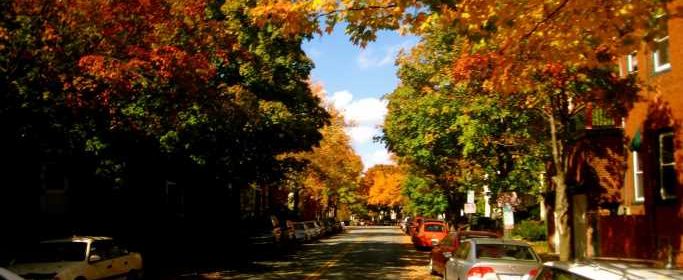This Is the Worst City for Fall Allergies

More than 50 million people suffer from some form of allergy each year. The makes it the sixth-largest cause of chronic illness in the United States, according to the Asthma and Allergy Foundation of America. Among the most common allergies is hay fever, which hits about 7.7 million people each year. The cost of allergies is nearly $18 billion a year.
The National Health Service of the United Kingdom, reports that a relatively small number of allergies make up a very large portion of the total. These are, after hay fever, those triggered by dust mites, animal dander, food, insects, medicine and latex. Some of these are seasonal. Trees begin spewing pollen in the spring and, in some cases, well into summer. Fall allergy season is the domain of weeds that begin their annual bombardment in September and attack allergy sufferers until the weather drifts into winter. The most common source of fall allergies is ragweed, a term used to describe a broad category of flowering plants native to tropical and subtropical regions of the western hemisphere.
Climate change makes the effects of allergens even worse. Pollen from ragweed and other grasses increases as global warming ramps up CO2 levels in the atmosphere, so allergists track temperature rises.
To identify the worst city for those who have fall allergies, 24/7 Wall St. reviewed the Asthma and Allergy Foundation of America’s 2021 Allergy Capitals report, which analyzed data for 2020 from the 100 largest metropolitan statistical areas in the 48 contiguous states. The factors considered for each metro were seasonal pollen counts for both spring and fall, use of over-the-counter allergy medications and the number of allergy specialists. Population statistics are one-year estimates from the U.S. Census Bureau’s 2019 American Community Survey.
The worst city for fall allergies is Scranton, Pennsylvania. It has a population of 553,885, and its average fall temperature increase since 1970 is 2.6 degrees Fahrenheit.
Click here to see all the worst cities for fall allergies.
Get Our Free Investment Newsletter
Source: Read Full Article
